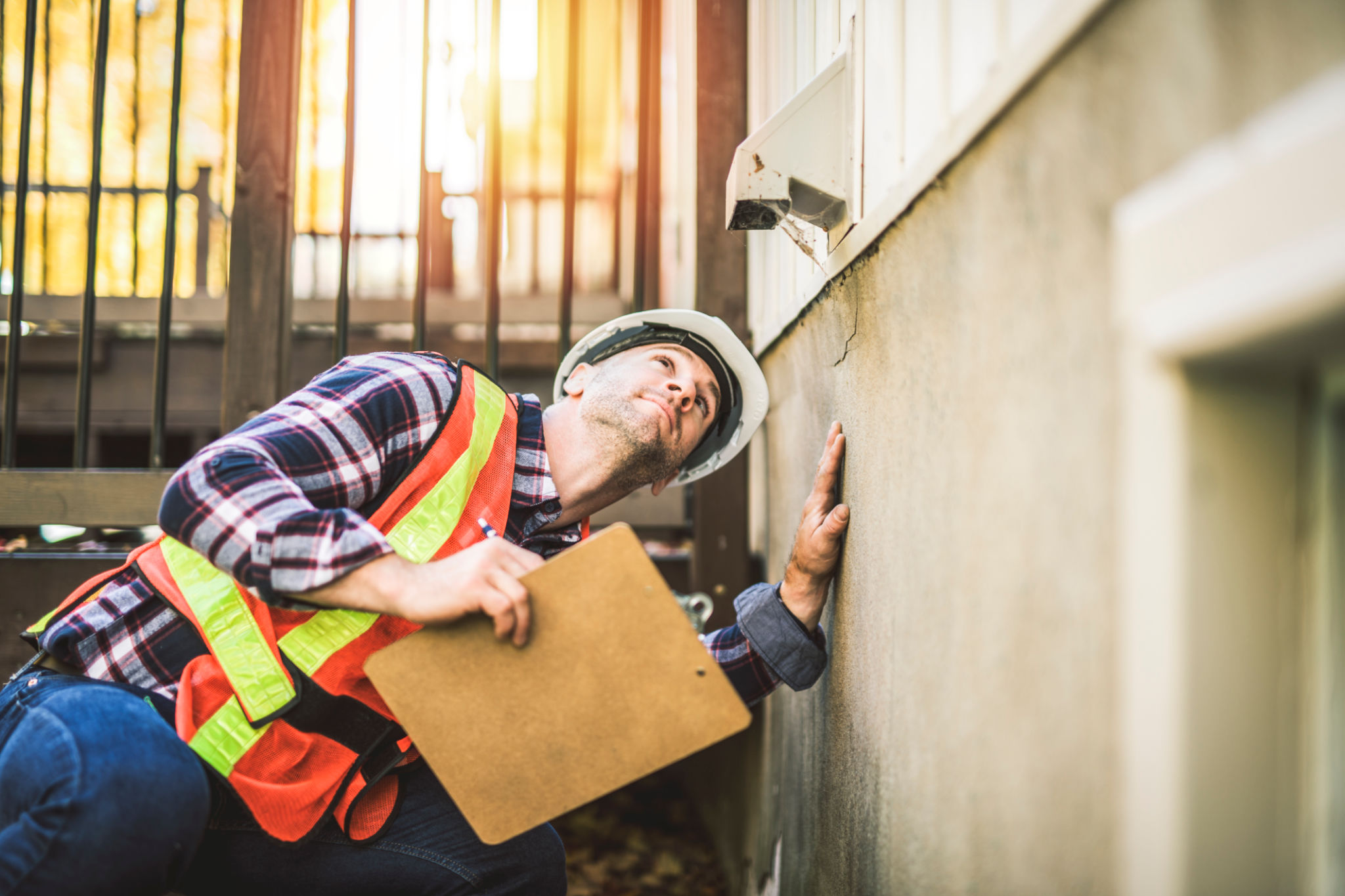DIY Roof Inspection: Identifying Common Issues Before They Become Problems
Understanding the Importance of Roof Inspections
Your roof is one of the most critical components of your home, providing protection against the elements. A proactive approach to roof maintenance can save you from costly repairs down the line. Conducting a DIY roof inspection is a practical way to identify potential issues early, ensuring your home remains a safe and secure haven.
Regular inspections can help you spot minor problems before they escalate into significant damage. This guide will walk you through the process of conducting a thorough roof inspection, highlighting common issues to watch out for.

Preparing for Your DIY Roof Inspection
Before you begin, ensure you have the necessary safety equipment, including a sturdy ladder, non-slip shoes, and protective gloves. Safety should always be your top priority when working on or near your roof. Additionally, having a pair of binoculars can be helpful for inspecting hard-to-reach areas.
Plan your inspection for a clear, dry day to avoid any hazards associated with wet or slippery surfaces. Once you're ready, approach the task systematically, examining each section of your roof thoroughly.
Exterior Inspection: What to Look For
The first step in your DIY roof inspection is examining the exterior. Start by walking around your home and looking for visible signs of damage from the ground. Use binoculars to get a closer look at areas that may be difficult to see.
- Missing or damaged shingles: Look for shingles that are cracked, curling, or missing altogether.
- Granule loss: Check if there are excessive granules in your gutters or downspouts, as this indicates shingle deterioration.
- Flashing issues: Inspect the flashing around chimneys, vents, and skylights for any signs of rust or damage.

Inspecting Roof Interior: Attic Insights
After completing the exterior inspection, it's time to move indoors. Your attic can provide valuable insights into your roof's condition. Use a flashlight to carefully inspect the attic space for any signs of trouble.
Look for water stains on the underside of the roof decking and any signs of mold or mildew growth. These may indicate a leak or inadequate ventilation. Pay attention to daylight shining through the roof boards, which could signify gaps or holes.

Troubleshooting Common Roof Issues
The most common issues identified during a DIY roof inspection include leaks, poor ventilation, and structural damage. Addressing these problems promptly can prevent more severe damage and costly repairs.
- Leaks: Seal any identified leaks with appropriate roofing materials or sealants.
- Ventilation: Ensure attic vents are clear and functioning correctly to prevent moisture buildup.
- Structural damage: Consult a professional if you notice sagging or other signs of structural weakness.
When to Call in the Professionals
While a DIY inspection can help you identify many issues, there are times when professional intervention is necessary. If you're faced with complex problems or feel uncertain about any aspect of your inspection, it's best to consult a roofing expert.
Professional roofers have the expertise and tools needed to handle intricate repairs and ensure your roof remains in top condition. Remember, maintaining your roof is an investment in your home's longevity and safety.
